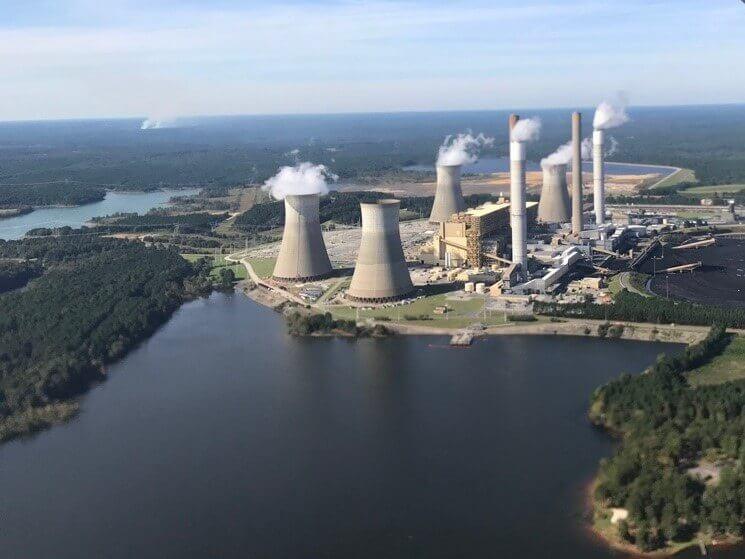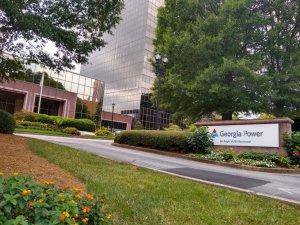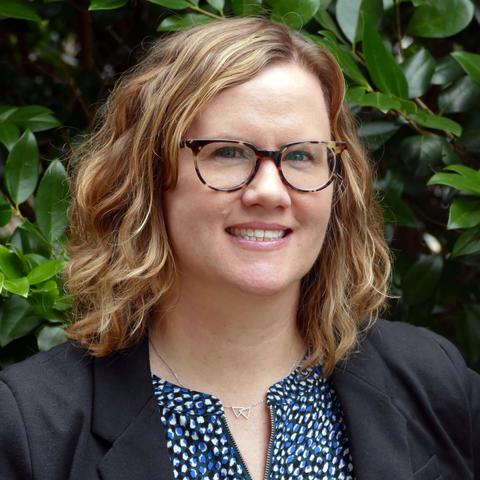
Caption
Frightened Juliette residents in the summer of 2019 were filling jugs with safe drinking water that was hauled in from elsewhere, away from the suspected leaking toxic coal-ash ponds of Georgia Power’s Plant Scherer.
Credit: Altamaha Riverkeeper




